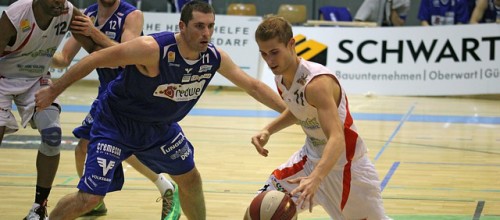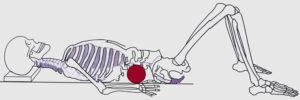
Exercise Programming for Basketball Positions
Basketball is a unique game that usually involves five common positions. Those positions being a point guard, shooting guard, small forward, power forward and center. Each position requires a different responsibility and skill to play. Typically, your point guards or small forwards, are usually shorter than most but are super skilled and quick. Moreover, a shooting guard, is typically a mix of size and skill, whereas, a power forward or center is typically very strong, tall and is a great rebounder. Whatever, the position is, each player at their position requires a different skill set to play. For instance, I mentioned that a center needs to be strong and tall. If they are not tall and strong, then they are probably going to get outplayed and out-rebounded pretty badly during a game. And this is just unacceptable form a performance point of view. The same thing applies to a point guard; they need to be quick, agile and skilled in playing their position because they are usually the ones setting up play’s and controlling the ball for the most of the game.
The whole point of this post is that I’m trying to state that each player has different requirements and no one is the same. From a strength and conditioning perspective, this means that each player should have a different exercise program. The exercise programming for a center is going to be completely different than a point guard. For instance, the young center’s that get drafted who may be 7 feet tall, 220lbs are typically lacking size, strength, and stability. Without that strength or stability, injuries can occur, and they could get easily outrebounded by other big centers or power forwards, as they would only be relying on their height to rebound. So, when working with center’s, this may mean more heavy pressing or pulling to develop strength and hypertrophy, as well as various core stability exercises.
Moreover, as far as a point guard is concerned, they typically may need more strength and core stability as well, similar to a center but usually not as much or at least not in most cases. When working with point guards, your typically looking to develop their strengths even further, which is usually speed, quickness, and skill. So, that may mean more functional basketball drills that involve reaction time, quick feet, shooting, and passing. Since point guards usually lack size or strength in most cases against center’s or power forwards, their other skills sets will usually make them effective players and stand out.
Now, from an exercise programming point of view, it’s important to mention that all basketball athlete’s should be training for their needs (e.g., strengths, weaknesses, position, etc.). All athletes are different, but one thing that may be common from a programming point of view for all basketball athlete’s is that conditioning should be highly emphasized for all. Basketball is a tough sport to play, and it can be very fatiguing, especially if you’re not in great cardiovascular shape. Typically, taller basketball athlete’s will struggle with cardiovascular conditioning more than smaller athlete’s, and this usually has to do with genetics (e.g., lung size). Therefore, cardiovascular conditioning should be an important focus of any basketball player’s exercise programming.
Anyways, I think I will leave it at that for today’s post as I just wanted to cover the basics of how programming should be for basketball athlete. Maybe in a future post, I will show some examples and get into the specifics of each type of player and the position the play. For now, hopefully, this post helps anyone out who trains or works with basketball athletes!
All the best 🙂
Remi











